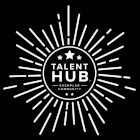Caroline Doglio, Program Associate, National College Attainment Network
As January approaches and you consider your new year’s resolutions, here at NCAN we find it to be a great time to reaffirm your commitment to college and career readiness! If you’re lost on where to start, a great jumping off point is our K-12 resources for postsecondary transitions. This page serves as a compilation of resources, some created by NCAN and others not, to help navigate every step of a student’s transition into the postsecondary world.
Depending on what you and your district might want to tackle first, there are numerous tools linked on the page. If you’re curious on where your district or school can improve its work around postsecondary advising, OneGoal has rubrics that measures advising on seven different focus areas. Once a district goes through the rubric, identifying places they might want to concentrate on, NCAN’s K-12 calendar can be a great resource to accomplish certain shifts. The calendar is color-coded by topic, such as partnerships, FAFSA, data, summer melt, etc., making it easy to focus on topics that the rubric identifies.
Another option for tools to focus on could be data! Understanding where students are not only going, but persisting and completing, after high school is key to improving postsecondary outcomes. The National Student Clearinghouse’s StudentTracker for High Schools is an easy, affordable way to start understanding student-level outcomes and identifying patterns. Once you become more comfortable with the tool, NCAN has some resources on how to level up the work you do with it.
The final tool linked on the page is an NCAN brief that examines five school districts and partner organizations using big ideas to improve their students’ postsecondary outcomes and how other districts could replicate these practices to achieve similar outcomes.
On top of these tools, there are additional pages linking to plenty of resources on various topics. There’s a page on transforming postsecondary advising, which allows you to explore strategies for connecting students and families to information they need. Another page provides more information on how to use data to educate students and inform services. There’s a FAFSA specific page to learn about best practices that have worked across the country. And finally, a whole page on strategies for reducing summer melt, which, by the way, starts way before summer.
The new year provides a chance to re-orient yourself and your goals and what is a better goal than easing postsecondary transitions!
Have questions or looking for a specific resource not covered by the above? I’d love to hear from you! You can reach me at [email protected]!


